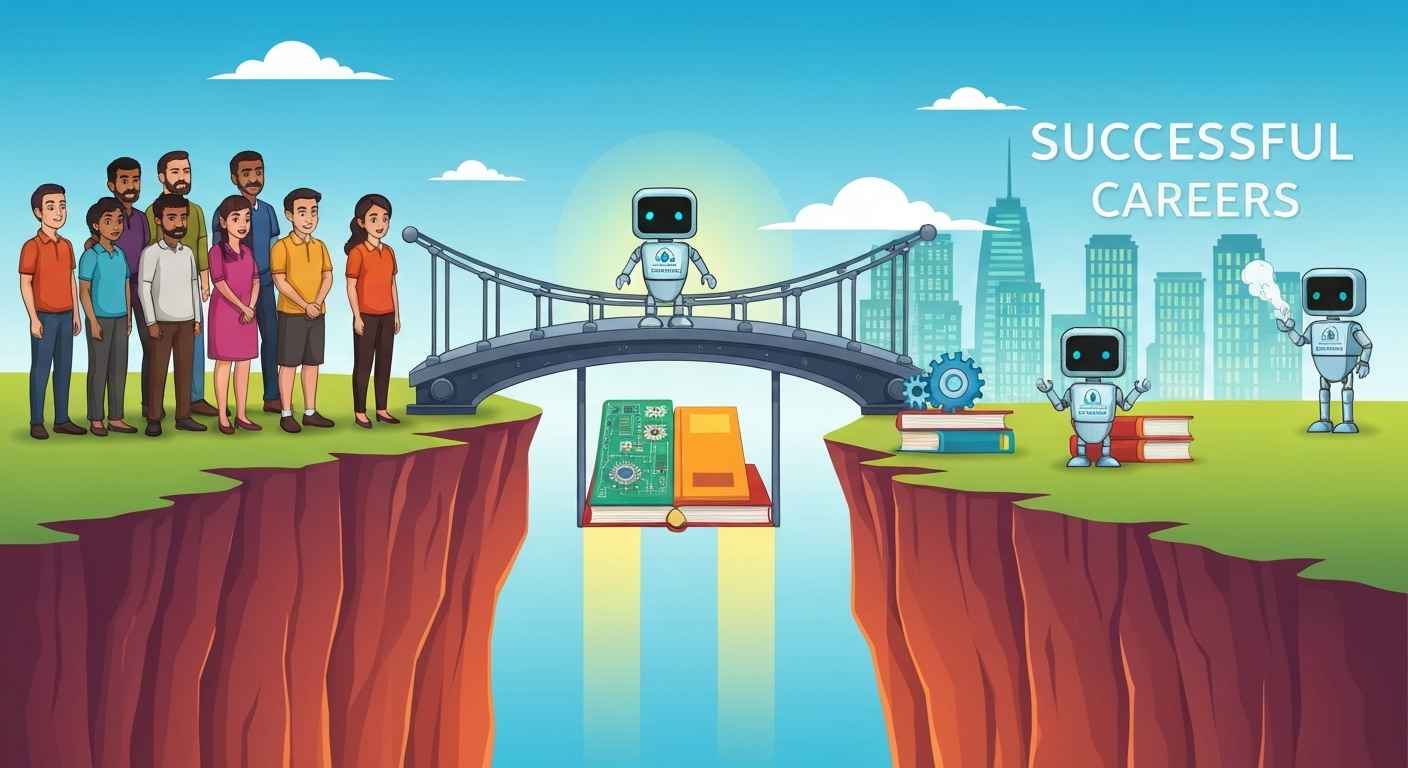
The field of artificial intelligence has been making great strides in recent years, and one of the most exciting areas of development is conversational AI. Chatbots and virtual assistants are becoming more and more common, and they’re getting better at understanding and responding to natural language inputs. But behind the scenes of these chatbots, there’s a powerful tool that’s driving their intelligence: the language model known as ChatGPT.
What is ChatGPT?
ChatGPT is a large language model developed by OpenAI, a research lab founded by some of the most influential figures in the tech industry. It’s based on the GPT (Generative Pre-trained Transformer) architecture, which has been used in a variety of natural language processing tasks, from language translation to text summarization. ChatGPT takes this technology a step further by specializing in conversational AI, allowing it to generate responses to user inputs in a natural and engaging way.
How does ChatGPT work?
At its core, ChatGPT is a neural network that’s been trained on a massive amount of text data. Specifically, it’s been trained on a dataset called Common Crawl, which is a collection of billions of web pages. By feeding this massive amount of text into the model, ChatGPT has learned to understand and generate human-like language.
When a user interacts with a chatbot that’s powered by ChatGPT, their input is processed by the model, which generates a response based on what it’s learned from the Common Crawl dataset. The response is then sent back to the user, and the conversation continues.
What makes ChatGPT so powerful?
One of the key strengths of ChatGPT is its ability to generate natural-sounding language. This is achieved through an ” unsupervised learning technique,” which means that the model is trained on a dataset without specific labels or targets. Instead, it’s left to learn on its own, figuring out the patterns and structures of language through trial and error.
Another important feature of ChatGPT is its ability to understand the context. When generating a response, the model takes into account not just the user’s most recent input but also the context of the conversation as a whole. This allows it to generate responses that feel like they’re part of a cohesive conversation rather than just a series of disconnected statements.
Finally, ChatGPT is designed to be highly adaptable. It can be fine-tuned for specific use cases or industries, allowing it to generate responses that are tailored to the needs of a particular business or organization.
What are some use cases for ChatGPT?
ChatGPT can be used in a variety of domains as a conversational AI assistant. Some examples include:
- Customer service: ChatGPT can be used to provide fast and accurate answers to common customer questions. Chatbots powered by ChatGPT can handle various customer inquiries, freeing human agents to focus on more complex issues.
- Education: ChatGPT can be used to create virtual tutors that can provide personalized learning experiences to students. ChatGPT can answer questions and provide explanations in a natural and engaging way. It can also help students practice their language skills by engaging them in conversations and providing feedback on their grammar and vocabulary.
- Entertainment: Chatbots powered by ChatGPT can provide engaging and entertaining conversations to users, creating a new form of interactive entertainment.
- Healthcare: ChatGPT can be used to provide support and advice to patients. Patients can ask ChatGPT questions about their health and receive personalized responses based on their symptoms and medical history. ChatGPT can also be used to triage patients, directing them to the appropriate healthcare provider or facility.
- Finance: ChatGPT can be used to provide financial advice and support to customers. Customers can ask ChatGPT questions about their investments, retirement planning, or other financial matters and receive personalized responses based on their financial goals and risk tolerance.
- Legal: ChatGPT can be used to provide legal advice and support to clients. Clients can ask ChatGPT questions about their legal rights and obligations and receive personalized responses based on their specific situation. ChatGPT can also be used to provide guidance on legal documents and contracts.
- Marketing: ChatGPT can be used to create personalized marketing messages that feel natural and engaging. Chatbots powered by ChatGPT can engage with customers in a way that feels like a conversation, providing product recommendations and answering questions about products or services.
- Human resources: ChatGPT can be used to provide support and guidance to employees. Employees can ask ChatGPT questions about company policies and procedures and receive personalized responses based on their roles and responsibilities. ChatGPT can also be used to provide training and development opportunities to employees.
- Technical support: ChatGPT can be used to provide technical support to customers or end-users. It can answer questions about software installation, troubleshooting, and maintenance. ChatGPT can also help users understand error messages and guide them through the resolution process.
- Software development: ChatGPT can be used to help developers in software development projects. It can provide code snippets, suggest best practices, and answer questions about programming languages, frameworks, and tools. ChatGPT can also be used to provide feedback on code quality and suggest improvements.
- Project management: ChatGPT can be used to assist project managers in managing their projects. It can help manage schedules, track progress, and provide status updates. ChatGPT can also be used to facilitate communication among team members and stakeholders.
- Cybersecurity: ChatGPT can be used to help cybersecurity professionals in various ways. It can provide information on security threats, suggest security measures, and help identify vulnerabilities. ChatGPT can also be used to provide guidance on compliance with regulations and standards.
- Data analysis: ChatGPT can be used to assist data analysts in analyzing and interpreting data. It can help identify patterns, suggest statistical methods, and provide insights into data trends. ChatGPT can also be used to assist in data visualization and reporting.
- Training and education: ChatGPT can be used to provide training and education to IT professionals. It can answer questions about technologies, provide examples of best practices, and guide learners through exercises and simulations. ChatGPT can also be used to provide feedback on learners’ progress and suggest areas for improvement.
Learn more about the ChatGPT capabilities and how to enhance productivity with ChatGPT.
Conclusion
ChatGPT is a powerful tool for anyone looking to create conversational AI experiences that are engaging and natural-sounding. Its ability to generate responses based on context and its adaptability make it a valuable asset in a variety of industries. As the field of AI continues to evolve, it’s clear that ChatGPT will play a key role in the development of the next generation of chatbots and virtual assistants.



